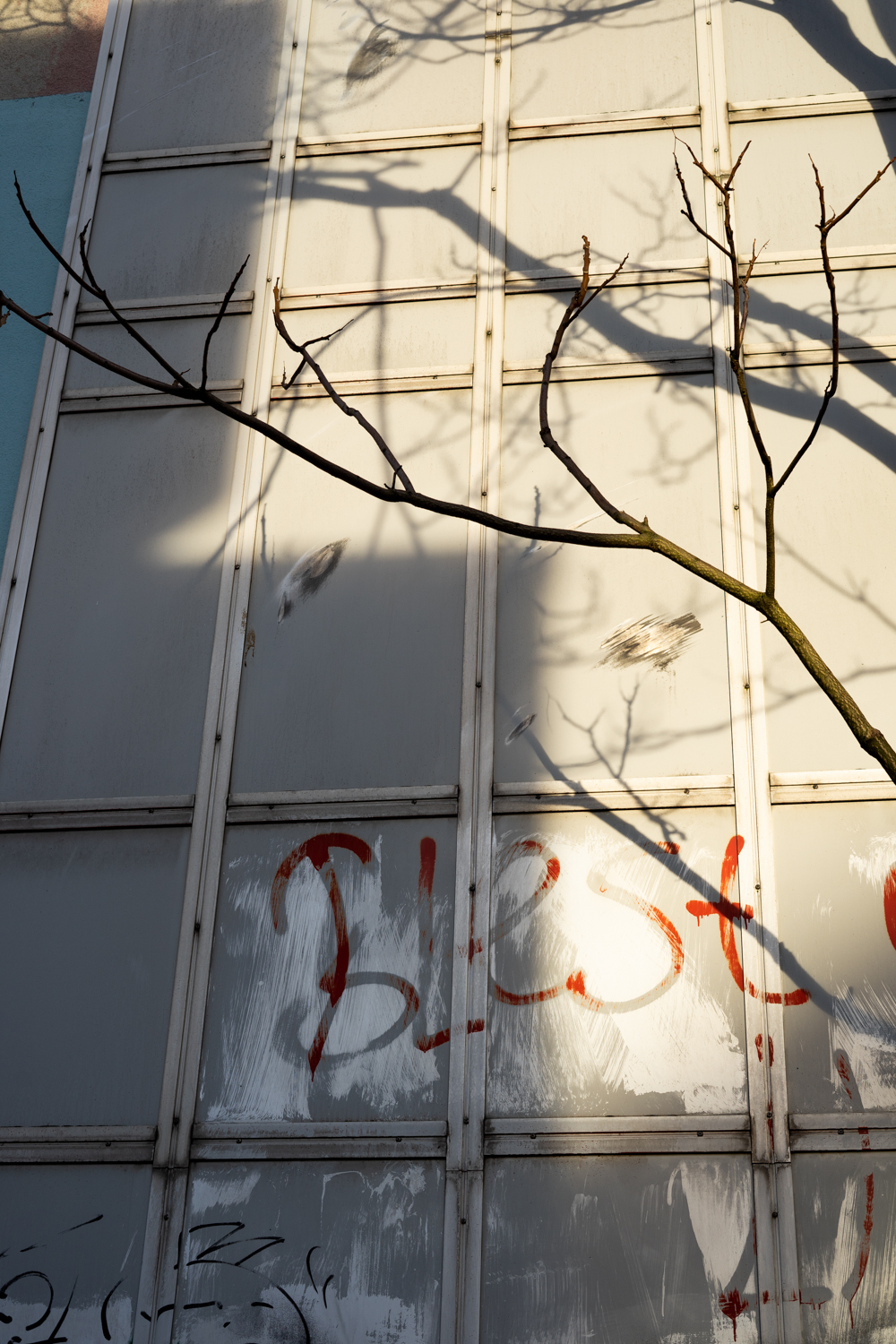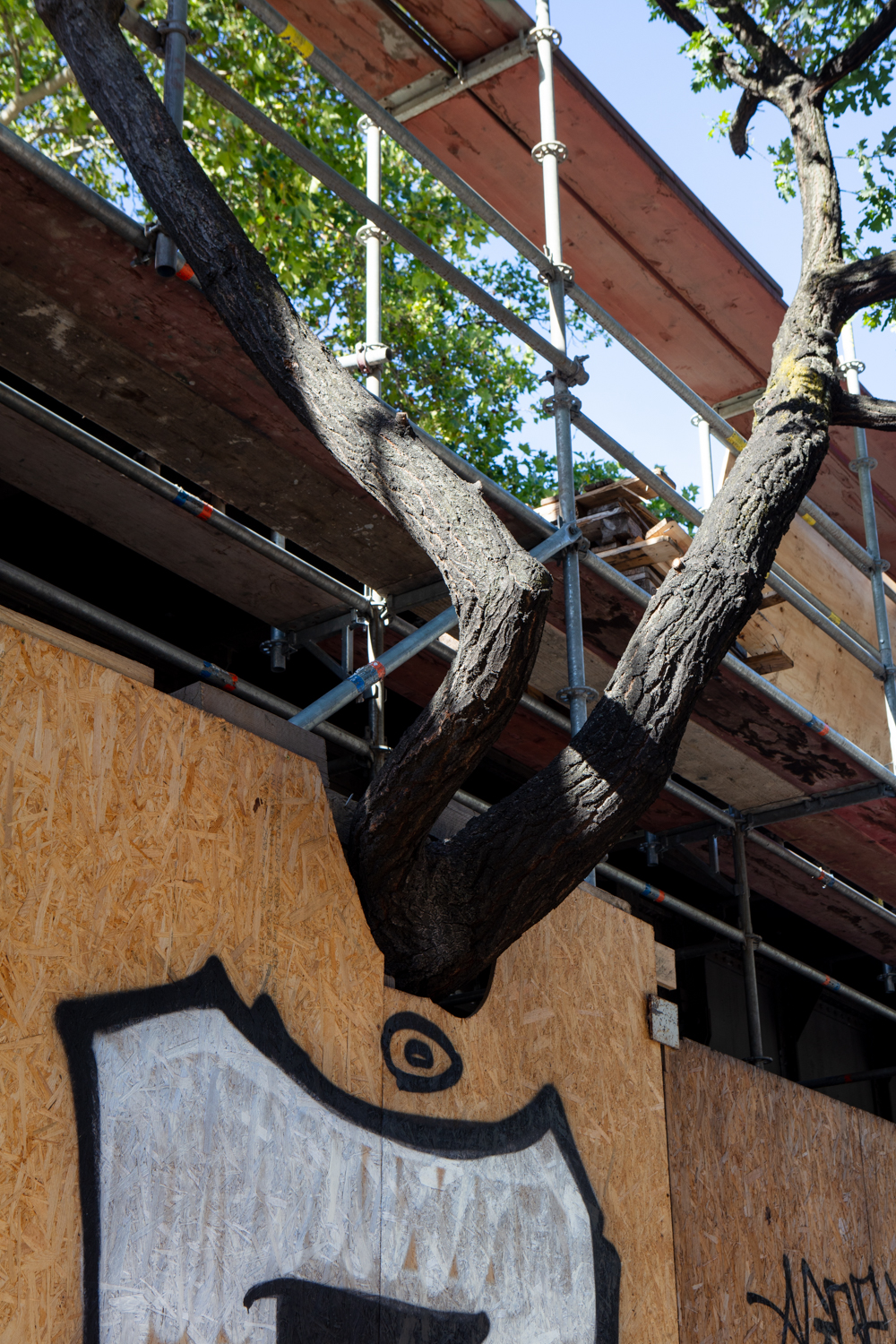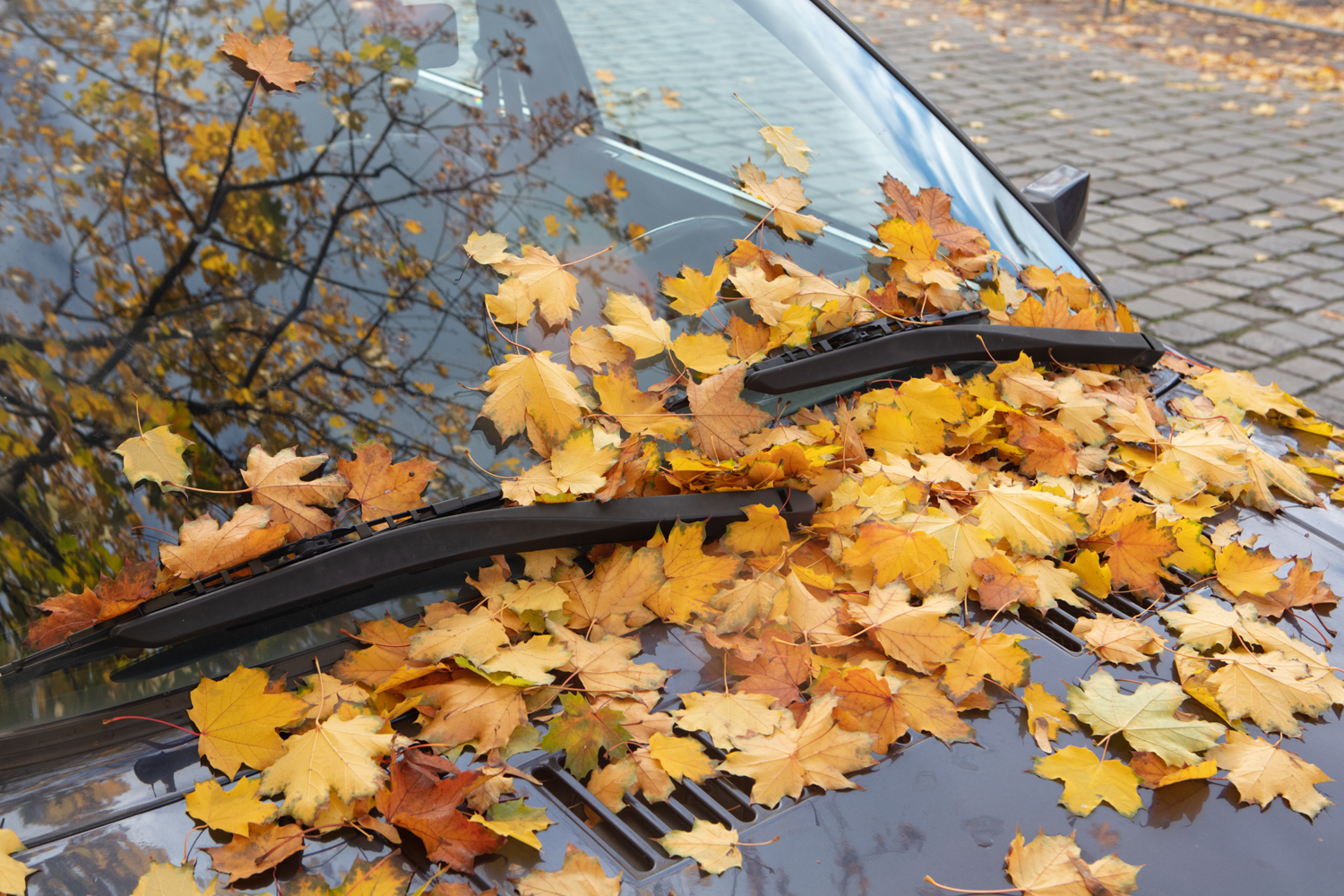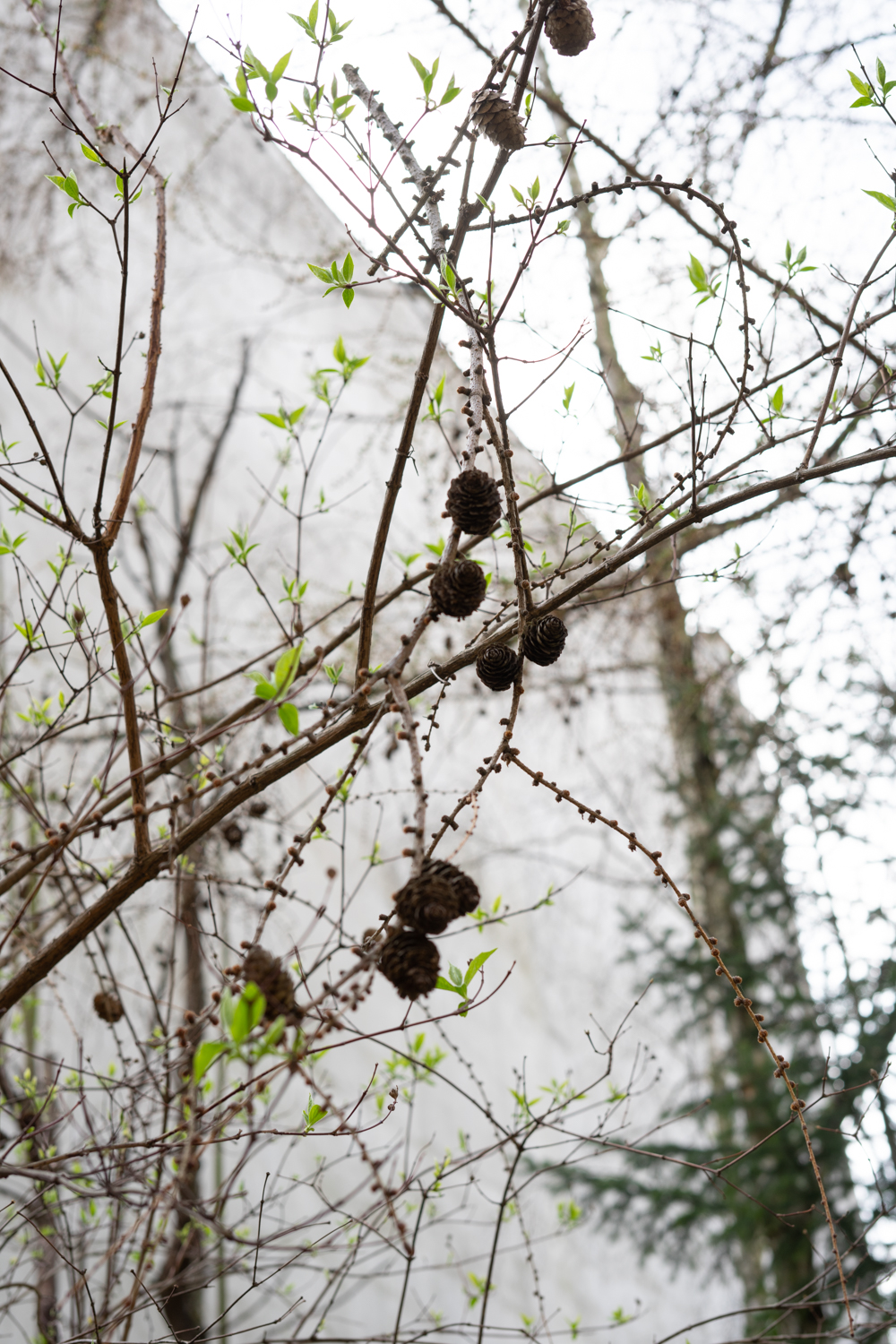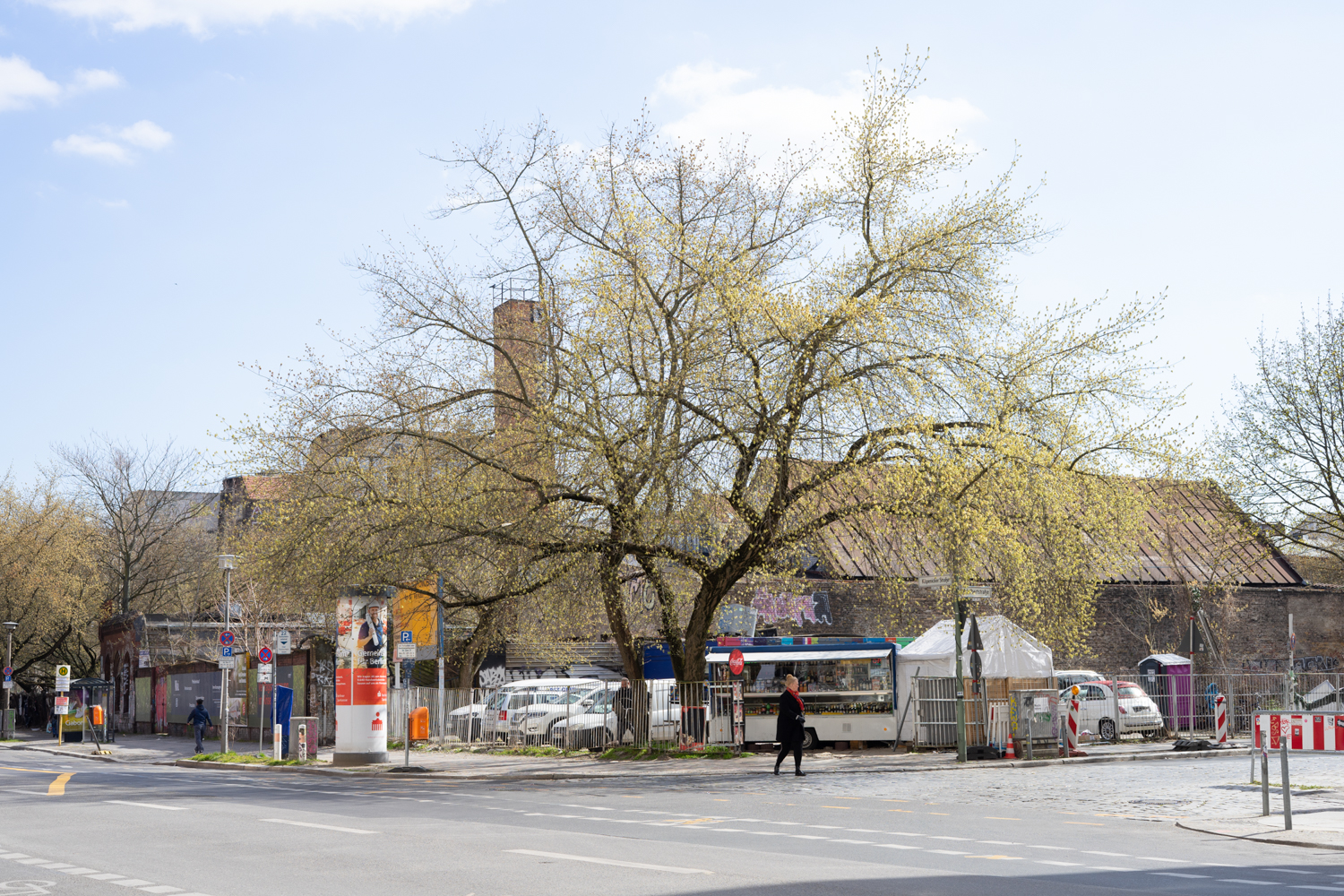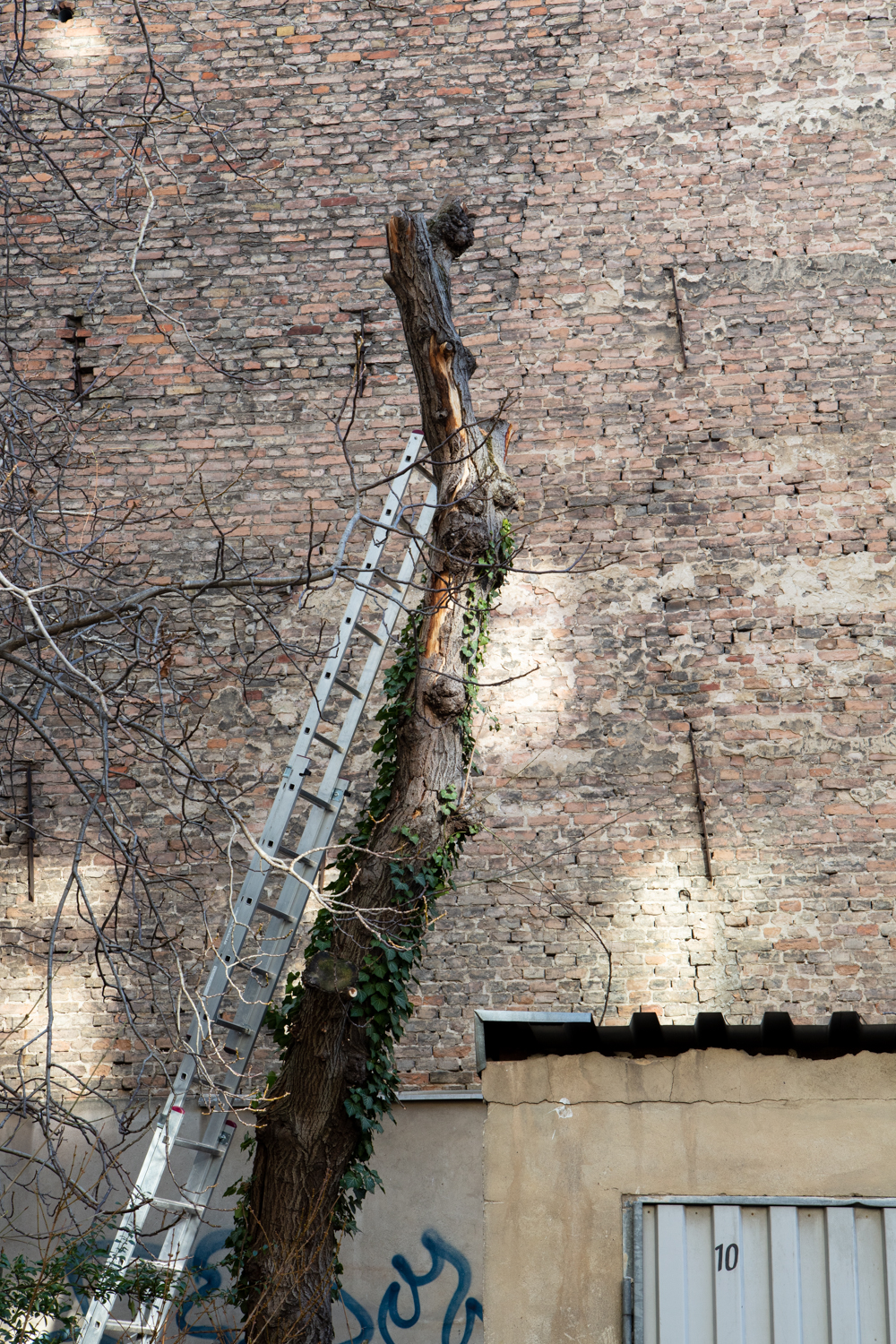City/Trees (2020)
They line our streets and they watch over us. They are always moving in the wind. Their leaves can comfort you with their sound. Their branches are growing proud. They are there to be climbed, to cast shade, to give us privacy from prying neighbours. They are landmarks in our personal social geography. They are an embodied measurement of time. They are the habitat of many tiny creatures. They won’t leave until you force them to. They are sometimes lonely but not alone. They are a network, in themselves, and between each other. They are everywhere; but do we really notice them?
They line our streets and they watch over us. They are always moving in the wind. Their leaves can comfort you with their sound. Their branches are growing proud. They are there to be climbed, to cast shade, to give us privacy from prying neighbours. They are landmarks in our personal social geography. They are an embodied measurement of time. They are the habitat of many tiny creatures. They won’t leave until you force them to. They are sometimes lonely but not alone. They are a network, in themselves, and between each other. They are everywhere; but do we really notice them?
Since 2019, I have been researching the relationship between the inhabitants of Berlin and the city Trees. I am interested to see if and how one can move past seeing the Trees from the perspective of merely a bystander, only appreciating them for their arbertrairy functions. In this specific urban European context, how can we arrive at the notion of environmental personhood?
